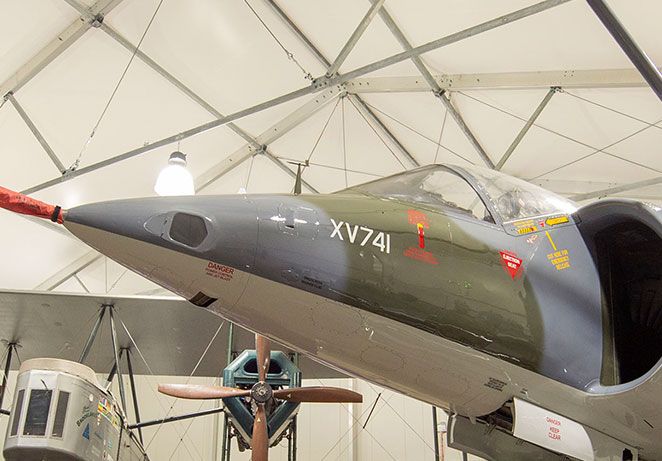
Collection Item
Vickers 806 Viscount
The Vickers Viscount, the world's first turboprop airliner, was one of the few commercially successful aircraft programmes of post-war Britain.
The first flight of the prototype was made at Wisley on 16/7/48 and in 1953 the first production aircraft, which were powered by four 1,890hp Rolls-Royce Dart RDa.7 Mk520 engines, entered regular service with British European Airways (BEA). Viscount production ceased in the early 1960s after 444 had been made.
G-APIM ('IM), was one of the last Viscounts built at Brooklands. First flown from Brooklands on 4/6/58, it was delivered to BEA named 'Robert Boyle' on 23/6/58, serving with this airline until 1969. Briefly with Cambrian Airways in 1971-72, then British Airways from 1973-82, ‘IM joined British Air Ferries (BAF) at Southend in 1982.
Flying again from July 1984, it was officially named 'Viscount Stephen Piercey' on 25/8/84 after the late Stephen Piercey of Addlestone, Surrey. An accomplished aviation photographer, Stephen was founder and first editor of 'Propliner' magazine, but was tragically killed aged 26 at the Hanover Air Show on 20/5/84. On 11/1/88, a Shorts 330 accidentally taxied into ‘IM at Southend and, with both aircraft badly damaged, ‘IM was later offered to the Museum on long term loan from BAF on 29/6/89.
Dismantling, repair and reassembly of 'IM at Brooklands was carried out by Proteus Aero Services and the fuselage arrived via National Rescue on 11/2/90. Ground equipment and missing parts were supplied by BAF [now British World Airlines] and JRB Aviation, and volunteers at Southend and Brooklands contributed too. By 1993, ‘IM was restored and repainted. Museum volunteers and the 'Friends of Viscount Stephen Piercey' continue to look after 'India Mike' today.
Collection Data
Date Built
1958
Location
Aircraft Park
Category
Aircraft
Technical Specification
- Engines: Four 1,890 hp Rolls-Royce Dart RDa.7 Mk.520
- Wing span: 93ft. 8½ins (28.6m)
- Length: 85ft. 8in (26.1m)
- Height: 26ft. 9ins (8.2m)
- Capacity: Carried 58 (later up to 71) passengers





































